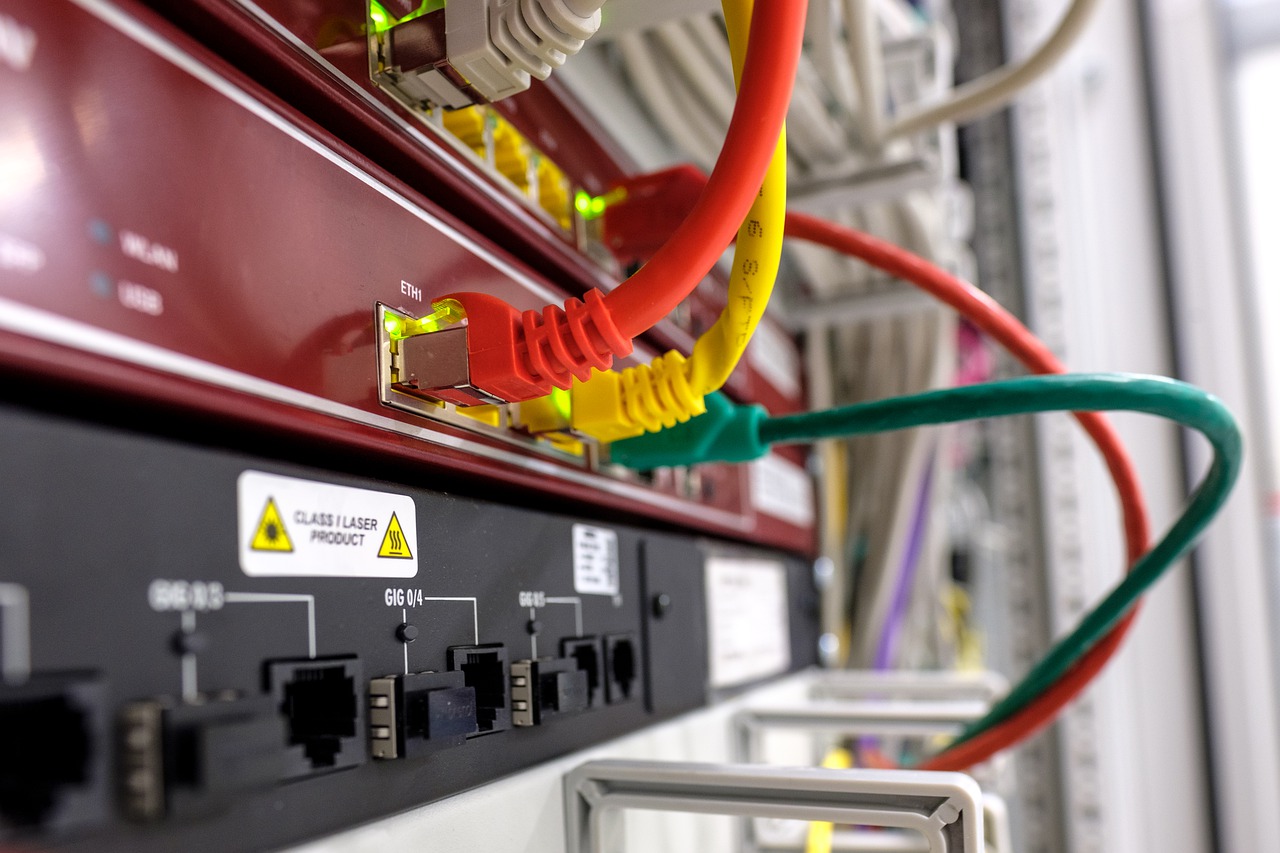Influencer marketing is one of the (if not The) fastest-growing marketing sources out there.
Its popularity has increased dramatically over the years and more brands have incorporated this marketing tactic into their marketing strategy.
There is no question that it has grown in popularity as studies have shown that it is now one of the most effective and powerful ways for brands to reach their target audience.
An important reason for this is that ad-blocking is getting more common among website visitors. Reports have also been made about people becoming “ad-blind” which means they can’t recall any of the ads they’ve just seen, just seconds before.
To help you make strategic decisions about how you work with influencer marketing, I’ve added this helpful infographic that brings up significant trends, insights, and statistics for influencer marketing.
Contents
Influencer Marketing Interest Increased More Than 90X Since 2013
In 2013, the searches for “influencer marketing” on Google averaged less than 50 monthly searches.
Today, the keyword “influencer marketing” is searched around 4,400 times on average each month.
The incredible growth of influencer marketing both have brands to thank, such as LG, Samsung, Coachella, Mercedes, Target, Colgate and social media influencers who have shown the marketing source to be such an incredibly effective marketing tool.
Important to know is that earned media value has increased dramatically since last year.
The highest ROI in earned media value for brands using influencer marketing has been reported to be $14.29 for every $1 spent which is just mind-blowing.
More marketers are utilizing influencer marketing.
Statistics have shown that almost 85% of marketers are expecting to launch at least one influencer marketing campaign within the next 12 months.
Marketers are also very satisfied with the results influencer marketing is generating. In fact, 80% Of Marketers are saying that they find Influencer Marketing Campaigns Effective for driving both engagement and awareness.
We are also seeing (and can expect) an increase in influencer marketing budgets in the future.
Since marketers are tending to shift from TV to digital and social media marketing, influencer marketing budgets will increase. In fact, 60% of marketers say they plan on increasing their influencer marketing budgets in 2016.
The goal of effective marketing is to reach the audience where they spend their time the most.
Influencer marketing is perfect if you want to do just that. The Average Person Spends 1 Hour 40 Minutes On Social Media Each Day so just imagine the potential you have of making an impact.
The Telegraph is also reporting that the average person has at least 5 social media accounts and spends around 20 minutes a day on each platform.
Ad blocking will increase. In 2016, 70 Million Americans were using Ad Blockers. This is a 34% Increase From 2015.
On top of that, nearly 70% Of Millennials Use Ad Blockers today. This means that brands need new ways of reaching their target audience and influencer marketing is one.
Number of Influencers on Social Media Platforms
Social media platforms have become the go-to destination for influencer marketing campaigns. The number of influencers on these platforms continues to grow, with Instagram being the most popular platform for influencer marketing. According to a study by Influencer.co, there are currently over 800,000 active influencers on Instagram. Other popular social media platforms for influencer marketing include YouTube, TikTok, and Twitter.
Engagement Rates
One of the biggest advantages of influencer marketing is the high engagement rates it can generate. According to a study by Influencer.co, influencer marketing campaigns generate an average engagement rate of 4.5%, compared to the average engagement rate of 0.1% for traditional advertising. Furthermore, influencer marketing can generate 11 times more ROI than traditional forms of advertising.
Consumer Trust
One of the biggest advantages of influencer marketing is that it can generate consumer trust. According to a study by Linqia, 70% of consumers trust influencer recommendations, compared to only 33% of consumers who trust traditional advertising. Furthermore, consumers are more likely to purchase a product that has been recommended by an influencer they follow and trust.
Consumer Demographics
Influencer marketing campaigns are not just targeting the younger generation, but older generations as well. According to a study by the Influencer Marketing Hub, the majority of influencer marketing campaigns target consumers between the ages of 18 and 34. However, businesses are starting to realize the potential of older generations and are beginning to target them with influencer marketing campaigns.
Cost
The cost of influencer marketing campaigns can vary depending on the influencer and the platform. According to a study by Mediakix, the average cost of an influencer marketing campaign on Instagram is between $10 and $500 per post. However, the cost of an influencer marketing campaign can range from a few hundred dollars to several thousand dollars, depending on the influencer and the platform.
Measuring Success
Measuring the success of an influencer marketing campaign can be challenging. According to a study by Influencer.co, the most common metrics used to measure the success of an influencer marketing campaign include engagement rate, reach, and sales. However, it’s important to note that these metrics are not always an accurate indicator of the success of an influencer marketing campaign.
Frequency of Influencer Marketing Campaigns
The frequency of influencer marketing campaigns can vary depending on the business and the goals of the campaign. According to a study by Influencer.co, the majority of influencer marketing campaigns are one-time collaborations, with only 20% of campaigns being ongoing collaborations. However, businesses are starting to realize the potential of ongoing collaborations with influencers, as they can generate long-term brand awareness and loyalty.
Platforms Used for Influencer Marketing
Social media platforms are the most popular destination for influencer marketing campaigns. According to a study by Influencer.co, Instagram is the most popular platform for influencer marketing, followed by YouTube, TikTok, and Twitter. However, businesses are also starting to explore other platforms for influencer marketing, such as blogs, podcasts, and streaming platforms.
Influencer Marketing and SEO
Influencer marketing can also have a positive impact on SEO. According to a study by Search Engine Journal, influencer marketing can help to improve search engine rankings by increasing brand visibility and driving traffic to a website. Additionally, influencer marketing can generate backlinks to a website, which can also improve search engine rankings.
Influencer Fraud
One of the biggest challenges facing the influencer marketing industry is influencer fraud. According to a study by the Influencer Marketing Hub, up to 8% of influencer marketing campaigns are affected by influencer fraud. Influencer fraud can include buying followers, fake engagement, and using fake accounts. Businesses must be vigilant in identifying and avoiding influencer fraud to ensure the success and authenticity of their influencer marketing campaigns.
Influencer Marketing and E-commerce
Influencer marketing has become an increasingly popular way for e-commerce businesses to reach and engage with their target audience. According to a study by Influencer.co, e-commerce businesses generated an average of $18 in sales for every $1 spent on influencer marketing. Additionally, e-commerce businesses are starting to use influencer marketing in a variety of ways, such as product launches, customer reviews, and social media takeovers.
Conclusion
Influencer marketing is an increasingly popular and effective way for businesses to reach and engage with their target audience. The number of influencers on social media platforms continues to grow, with Instagram being the most popular platform for influencer marketing. Influencer marketing campaigns generate high engagement rates, consumer trust, and can generate 11 times more ROI than traditional forms of advertising. However, the cost of influencer marketing campaigns can vary, and measuring the success of an influencer marketing campaign can be challenging. As the popularity of influencer marketing continues to grow, it’s important for businesses to understand the statistics and trends that are shaping the industry.






